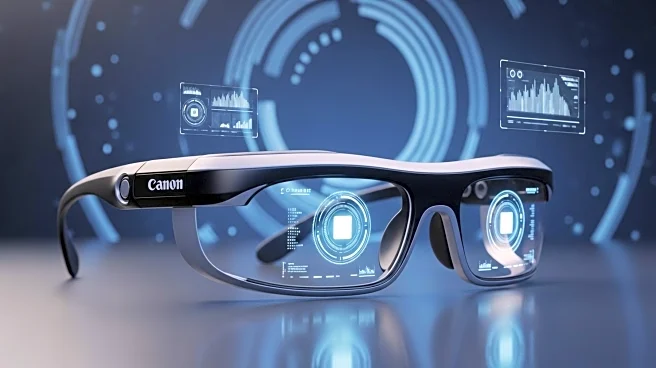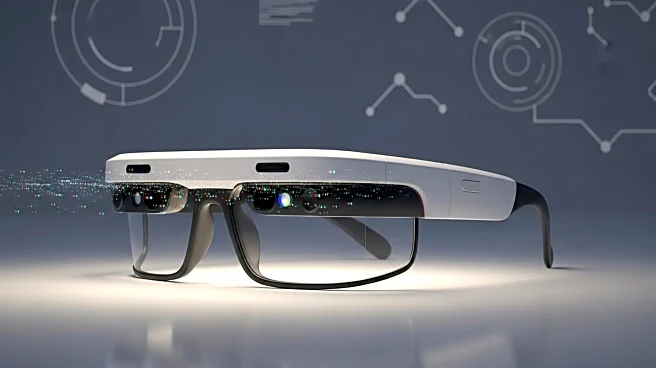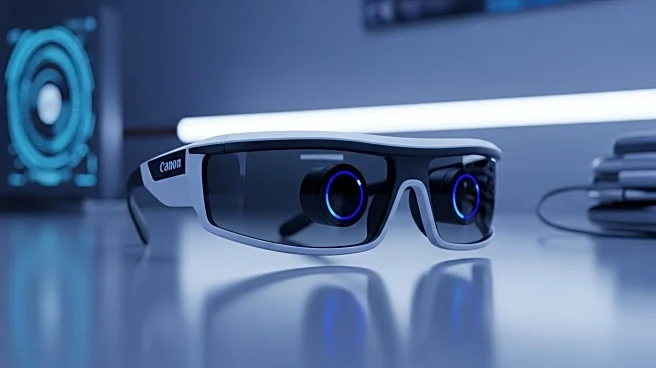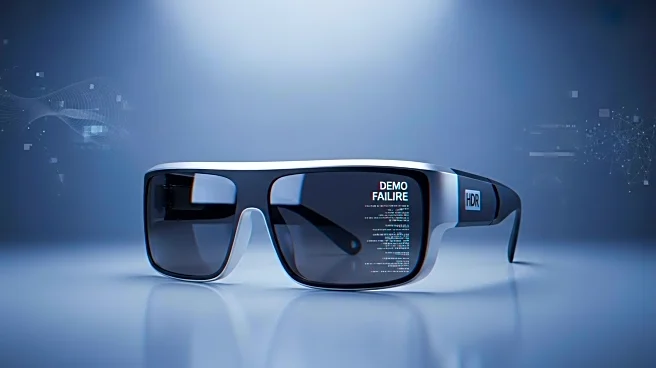What's Happening?
Meta, Amazon, and Snap have announced new augmented reality (AR) initiatives for 2025, prompting a reevaluation of AR development strategies. Meta has introduced display-capable AR glasses, Amazon is developing
consumer AR glasses, and Snap has added WebXR support in its Snap OS 2.0. IDC forecasts a 39.2% growth in AR/VR shipments for 2025, indicating a shift from app-based to web-based AR experiences. This convergence of hardware and browser-level support is expected to influence development and monetization decisions, as companies may opt for web-first AR solutions.
Why It's Important?
The simultaneous release of AR hardware and browser-level support is likely to accelerate the adoption of AR technologies. Developers may need to choose between native apps and web-first AR experiences, impacting product roadmaps and advertising strategies. The shift towards web-based AR could lower installation barriers, making AR more accessible to consumers. This development may also lead to increased competition among major tech companies, as they race to offer innovative AR solutions.
What's Next?
Developers will need to decide whether to invest in responsive WebXR prototypes or continue with native SDKs. The choice could affect platform lock-in and distribution advantages. For consumers, 2026 may bring more affordable AR headsets and expanded WebXR content. Companies will likely focus on creating demo-resilient products to secure early enterprise deals and address consumer skepticism.
Beyond the Headlines
The move towards web-based AR distribution could democratize access to AR technologies, allowing smaller developers to compete with major incumbents. This shift may also raise questions about data privacy and security, as web-based AR experiences become more prevalent. Long-term, the integration of AR into everyday life could influence cultural perceptions of technology and its role in society.











